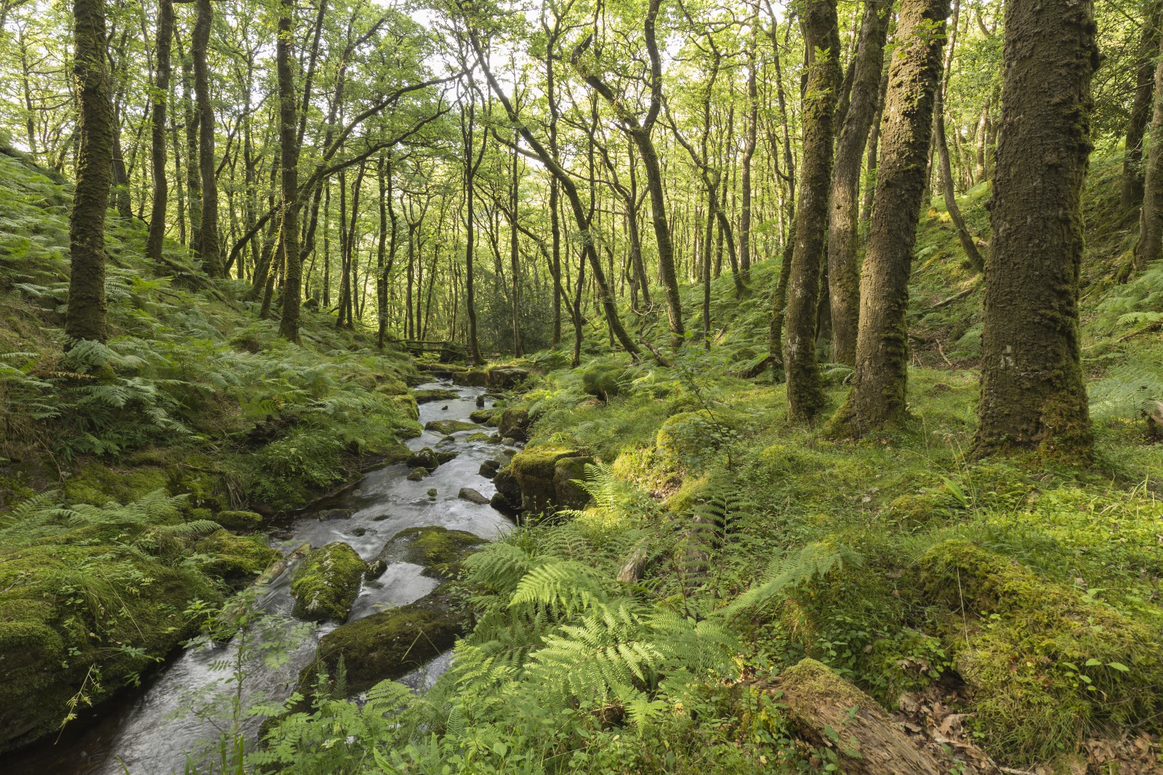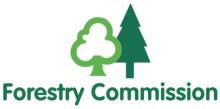This page is to connect organisations and resources on woodland management and creation on-farm.
Organisations
ADAS Forestry & Woodland Management
Forestry Commission Links:
- Tree planting and woodland creation overview
- Guide to planning new woodland in England
- UK Forestry Standard
- Woodland Creation Planning Grant
- England Woodland Creation Offer
Useful webinars
Share more in the comments below or by adding a Post or a Group, or add your organisation.







